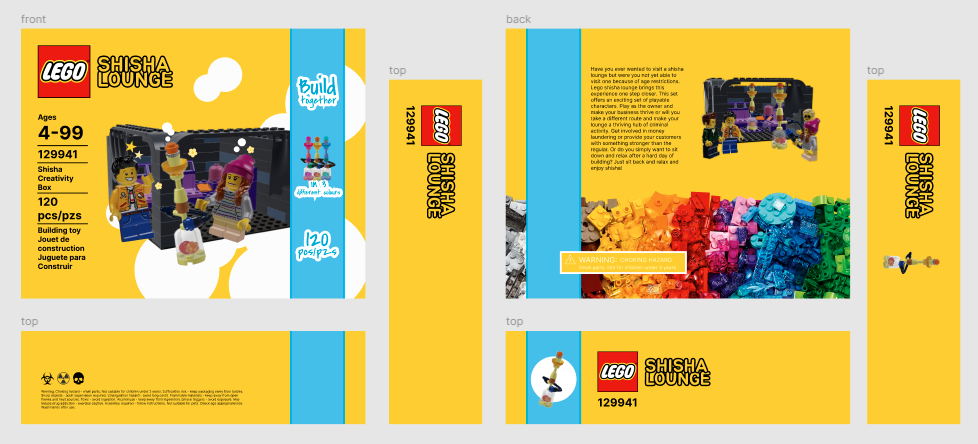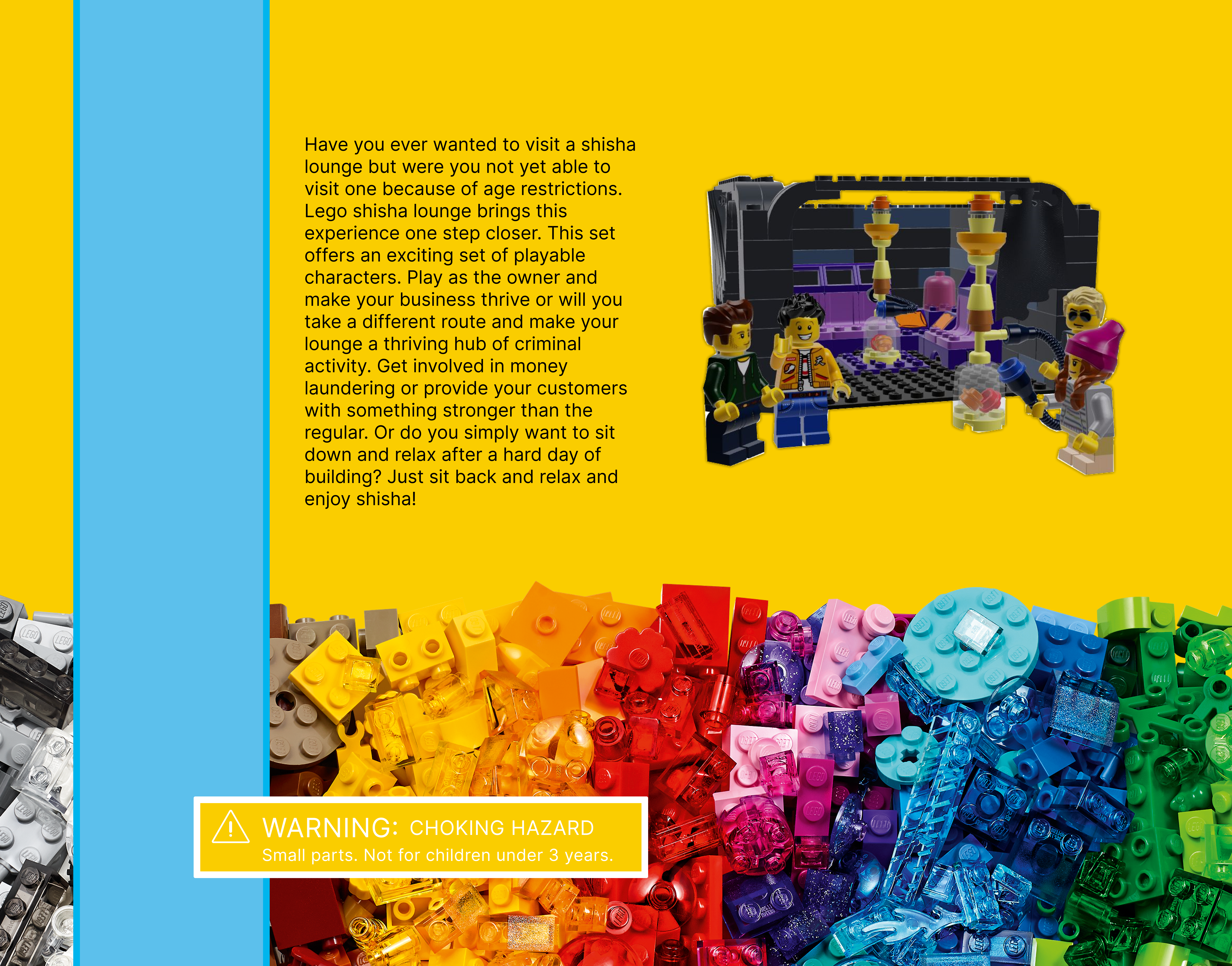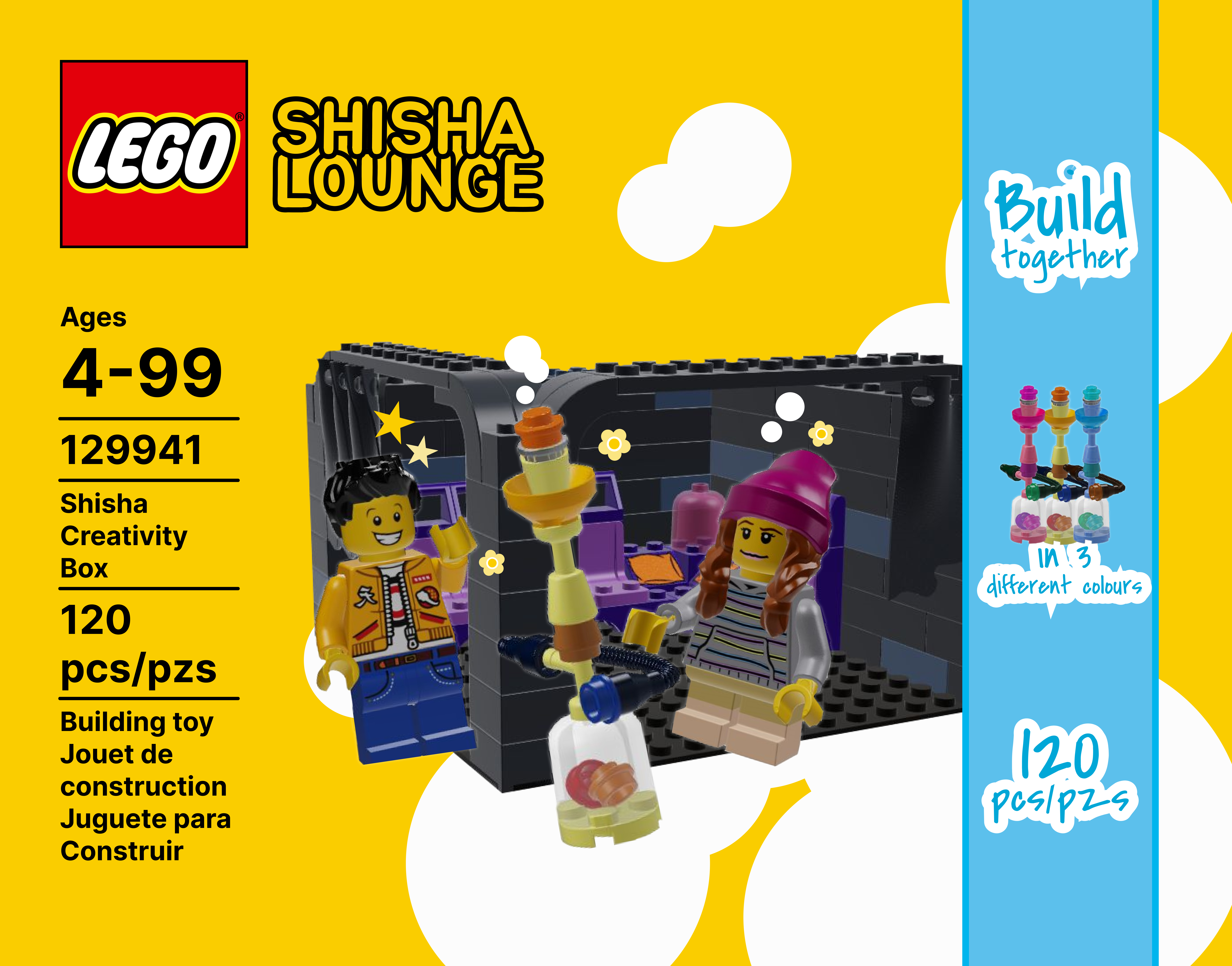Medium of Toys
This project was created for the Human Computer Interaction and Information Visualistion course of the Creative Intelligence and Technology programme at Leiden Univeristy.

This course took place over an intensive five-day period, during which we were assigned to groups to create a creative exhibit based on a specific term. The challenge, however, was that we had to communicate through the term itself. For example, while we are used to communicating through writing, art, or speech, how does communication change when it must occur through physical objects, such as chairs or lamps—or even something abstract, like the concept of freedom? How do you convey meaning through such mediums?
Our group was given the medium “toy,” and we were tasked with using toys to communicate something, likely about the nature of toys themselves. Ultimately, we decided to look into how toys are typically designed for children and what would happen if we used toys to communicate a message that would deliberately subvert a child’s expectations, such as using toys to communicate to children what not to do in adulthood. We decided to design a LEGO box featuring a shisha lounge, as that is a place where people typically smoke in an unhealthy. This creates a satirical situation so that it would appear as though it was intended for children while, in reality, it was not.
This was a particularly interesting project because it forced us to think outside the box. Once we identified a concept we wanted to pursue, we had to develop a clear plan for how to produce it. For instance, LEGO boxes are designed in a very specific way, with particular colours, printing styles, and layouts, which required us to consider how we would physically develop and present such a project. Furthermore, we wanted to ensure that the project would not appear overtly inappropriate to the public eye; we aimed to maintain the illusion that it was meant for children while embedding a satirical layer that revealed otherwise.
Media



